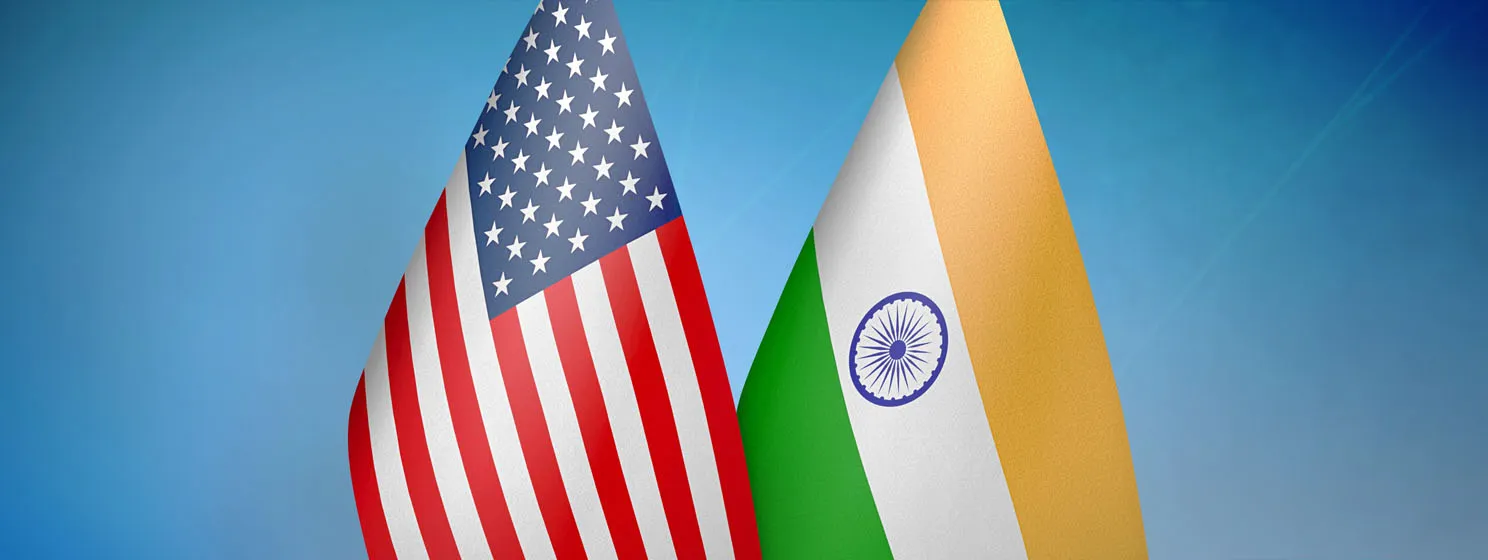|
Getting your Trinity Audio player ready...
|
American innovation in hardware and artificial intelligence (AI) can seamlessly align with India’s vibrant and growing startup ecosystem. By combining these capabilities, both nations stand to benefit enormously, United States Vice President JD Vance said during a four-day visit to India.
“India and the United States have so much to offer one another. We have got great hardware, the leading artificial intelligence hardware in the world. You [India] have one of the most exciting startup technology infrastructures anywhere in the world. There’s a lot to be gained by working together,” Vance said in a speech in Jaipur, the capital and the largest city of the north-western state of Rajasthan.
“In the years to come, we’re going to see data centers, pharmaceuticals, undersea cables, and countless other critical goods being developed and being built because of the American and Indian economic partnership,” he informed.
Vance said that this growing partnership offers vast potential and shows how much more can be achieved through close and consistent collaboration.
“I believe that the technological collaboration between our countries is going to extend well beyond defense and energy. The U.S.-India TRUST Initiative that President Trump and Prime Minister Modi have launched will be a cornerstone of the partnership. In the future, it’ll build on billions of dollars of planned investments that American companies have already announced across India,” he pointed out.
Under the TRUST Initiative, Trump and Modi pledged to create a U.S.-India roadmap by year-end to boost AI infrastructure. The plan will address challenges in financing, building, and connecting U.S.-origin AI systems in India. The two nations will support industry partnerships, invest in next-generation data centers, expand access to AI computing, and foster innovation in AI solutions for societal needs while ensuring safeguards and reducing regulatory hurdles.
JD Vance and his family were on a high-profile visit highlighting India’s growing significance as a key player in trade discussions with the U.S. During his visit, the U.S. and India formally finalized the terms of reference for trade negotiations. This agreement outlines the roadmap both countries will follow to secure a comprehensive and mutually beneficial trade pact, reinforcing the vision set forth by U.S. President Donald Trump and Indian Prime Minister Narendra Modi.
India is aiming to secure relief from elevated U.S. import duties. Trump imposed a 26% reciprocal tariff on Indian goods, though its implementation was paused until July.
“As many of you are aware, both of our governments are hard at work on a trade agreement built on shared priorities, like creating new jobs, building durable supply chains, and achieving prosperity for our workers,” Vance said.
“We are especially excited to formally announce that America and India have officially finalized the terms of reference for the trade negotiation. This is a vital step toward realizing President Trump’s and Prime Minister Modi’s vision because it sets a roadmap toward a final deal between our nations,” he added.
The bilateral trade deal is expected to be sealed by fall of this year. Vance said that the U.S. and India each bring valuable strengths to the table.
Vance’s comments stand out as one of the strongest indications that the Trump administration views India as a key priority, especially as it seeks fresh alliances while distancing itself from traditional partners. In his speech, Vance offered high praise for Modi and assured that the Trump administration would approach India with respect—not with “condescension” or perception as merely a source of cheap labor, which he attributed to previous U.S. administrations.
“In India, America has a friend, and we seek to strengthen the warm bonds our great nations already share. Now, critics have attacked my president, President Trump, for starting a trade war in an effort to bring back the jobs of the past. But nothing could be further from the truth, that he seeks to rebalance global trade so that America, with friends like India, can build a future worth having for all of our people together,” Vance said.In his speech, Vance consistently highlighted India’s energy and vitality, rich cultural heritage, and the spirit of its people. At the same time, a video showed Modi engaging warmly with Vance’s children and personally guiding the second family on a tour of his residence.
“Neither Americans nor Indians are alone in looking to scale up their manufacturing capacity. The competition extends well beyond cheap consumer goods and into munitions, energy infrastructure, and all sorts of other cutting-edge technologies. I believe that if our nations fail to keep pace, the consequences for the Indo-Pacific, but really the consequences for the entire world, will be quite dire,” Vance added.
In their trade negotiations, the U.S. and India are likely to address topics such as access to the e-commerce sector, data localization rules, and the supply of critical minerals, aiming to raise bilateral trade from $127.6 billion last year to $500 billion by 2030.
“When President Trump and Prime Minister Modi announced in February that our countries aimed to more than double our bilateral trade to $500 billion by the end of the decade, I know that both of them meant it and I am encouraged by everything our nations are doing to get us there,” Vance added.
US seeks ‘further access to Indian markets’
In the e-commerce sector, American companies such as Amazon (NASDAQ: AMZN) and Walmart (NASDAQ: WMT)-owned Flipkart have consistently advocated for broader market access and fair competition with domestic giants like Reliance Industries Ltd. India’s retail landscape is largely shaped by millions of small, family-run shops, and for years, policymakers have sought to protect these traditional businesses from the competitive pressures posed by major U.S. online retailers.
“Americans want further access to Indian markets. This is a great place to do business, and we want to give our people more access to this country. Indians, we believe, will thrive from greater commerce from the United States. This is very much a win-win partnership,” Vance said.
Data storage is expected to be another point of contention. Companies such as Alphabet Inc.’s Google (NASDAQ: GOOGL), Amazon, and Meta (NASDAQ: META) have raised concerns over India’s regulations requiring data to be stored on local servers, as well as rules affecting Internet-based services.
“I want to be clear. America’s partners need not look exactly like America, nor must our governments do everything exactly the same way. But we should have some common goals, and I believe here in India we do, in both economics and in national security,” Vance stated.
“We want to build a bright new world, one that’s constantly innovating, one that’s helping people to form families, making it easier to build, invest, and trade together in pursuit of common goals. Now, I believe that our nations have much to offer one another, and that’s why we come to you [India] as partners looking to strengthen our relationship,” he added.
Watch: India posed to become leaders in Web3

 08-28-2025
08-28-2025 





